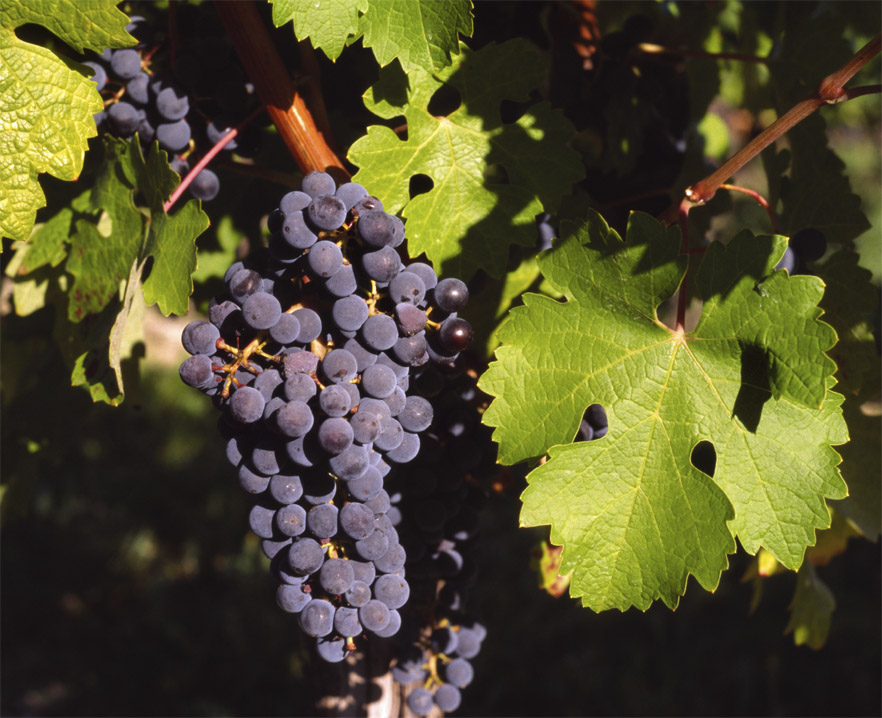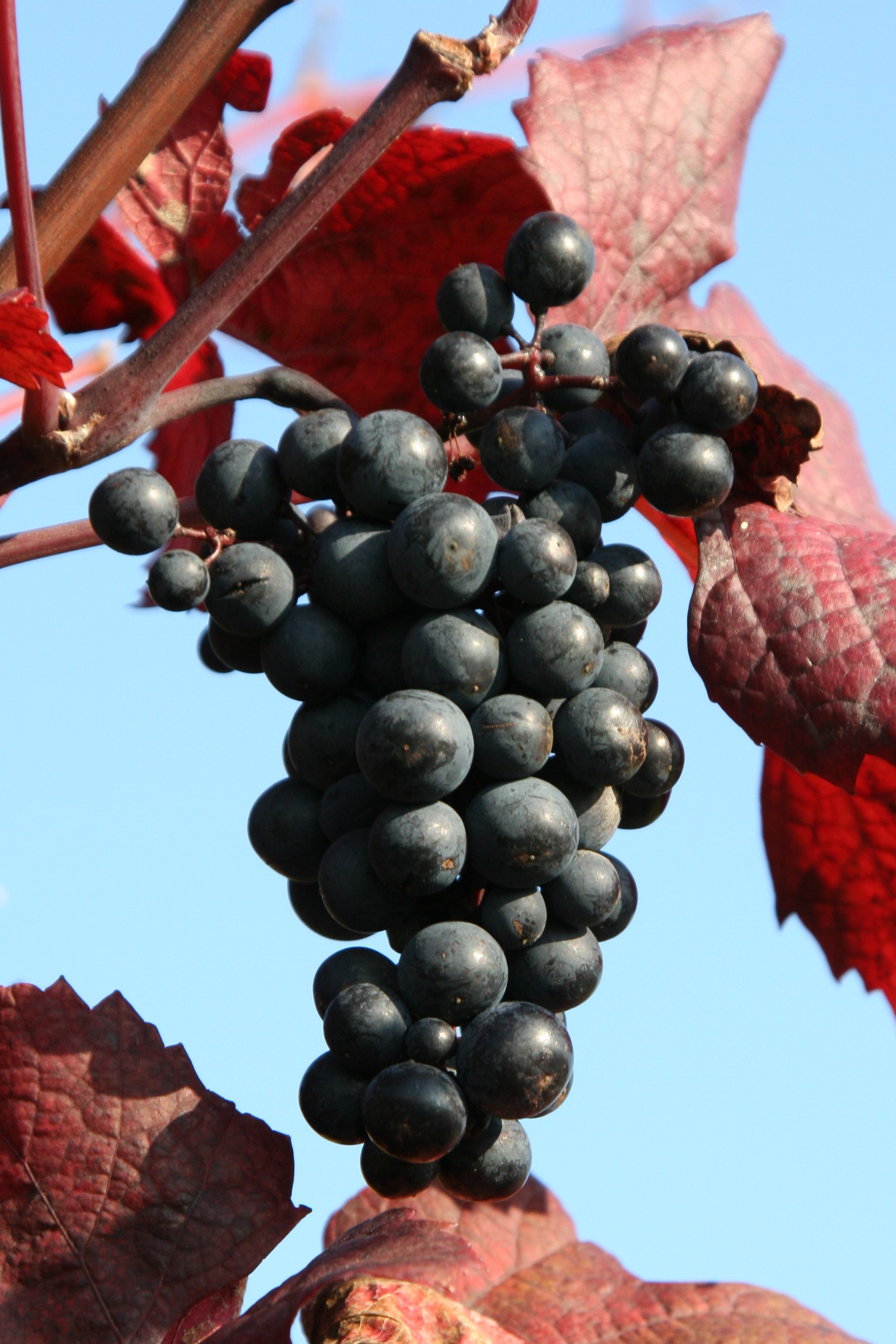 Some of our crops are twisted freaks compared to the wild relatives we created them from (sorry maize). Other crops have barely been modified by humans despite thousands of years of cultivation. Grape falls into this second category
Some of our crops are twisted freaks compared to the wild relatives we created them from (sorry maize). Other crops have barely been modified by humans despite thousands of years of cultivation. Grape falls into this second categoryTheir are 60-some Vitis species, with centers of diversity in China and North America. European grape, V. vinifera, was developed from the local wild relative V. sylvestris (or V. vinifera subspecies sylvestris, depending who you ask). "Domesticated" grape (some would argue it's not even really domesticated) tend to have larger, lobey leaves and exhibit a huge diversity of berry shapes, colors, aroma and flavor.
The most important difference is that domesticated grapes have perfect (hermaphroditic) flowers, while wild sylvestris have individual staminate (male) and pistillate (female) flowers on separate (dioecious) individuals. Interestingly, this same mutation (which appears to be due to a single gene) also occurs in domesticated varieties of North American muscadine grapes.*
Pop Quiz! What's the #1 wine grape grown in California?**
Our local grape breeders are trying to help out the grape industry with some new value-added products. The first example that I heard about in seminar today was the development of dry-on-the-vine (DOV) raisin varieties. The raisin farms I've been to are pretty typical - stretched out rows in the middle of the arid California Central Valley on vines that are so old that they look like dwarfed, gnarled oaks. Farm workers pick the ripe grapes by hand and lay them out on paper strips between the rows to dry (and then pick them up again). This is a LOT of (very expensive) labor, especially for a relatively low value crop. DOV raisin varieties skip the paper step, making the vines amenable to mechanical harvesting and protects them from rain. Or as our breeder joked, "you may not think that it rains in Fresno, but occasionally it does."
 They're also working on developing more red-fleshed grape varieties. Although lots of grapes have different color skins, almost all are pale on the inside. Red-fleshed varieties have a mutation that causes a red pigment that's usually only found in one location in the plant to be put everywhere (there's also a similar mutation causing red-fleshed apples!). In both cases, the flesh is red, as are the petioles, etc. This trait is valuable to growers because it differentiates their product when sold fresh (red grapes could become a new market class), it helps color juice and (as "red" is an antioxidant) it can be sold as "high-antioxidant."
They're also working on developing more red-fleshed grape varieties. Although lots of grapes have different color skins, almost all are pale on the inside. Red-fleshed varieties have a mutation that causes a red pigment that's usually only found in one location in the plant to be put everywhere (there's also a similar mutation causing red-fleshed apples!). In both cases, the flesh is red, as are the petioles, etc. This trait is valuable to growers because it differentiates their product when sold fresh (red grapes could become a new market class), it helps color juice and (as "red" is an antioxidant) it can be sold as "high-antioxidant."Desirable novel traits based on mysterious dysregulation of whole molecular pathways is what plant breeding is all about! It sounds kinda scary when you think about it, but we've been running this experiment for 10,000 years without many mistakes. Supposedly when European/American grape hybrids were created to deal with a devastating epidemic in the 1800s, a number of people began warning against "toxicity" problems. A German lab in particular fueled this controversy by asserting that these hybrid grapes killed poultry - of course when followed up on it turned out that these chickens (which were only fed wine) died from malnutrition. This was very lucky for the U.S. grape industry, which was just getting started, and relied heavily on hybrid grapes to withstand cold winters in places like Upstate NY.
*It's nearly impossible to emasculate grape flowers, so grape breeders have cleverly hung on to rare pistillate versions of their favorite lines to assist in crosses. Emasculation is the process by which a plant breeder pulls the male stamens off of a flower to prevent self-pollination.
**It's Thompson seedless, the famous table/raisin grape! Why is a cheap raisin grape the number one wine grape? Because the majority of wine is "bulk" wine, destined for boxes and jugs.

Grapes are unexpectedly becoming an important crop in Holland. Normally the climate here is too damp and cold, but with global warming the European grape region is moving north and will likely soon come here.
ReplyDeleteVarieties need to be pretty disease resistant to grow here, but there is at least one operational vineyard producing wine here now. I'm going to start experimenting with some disease resistant varieties this year too.